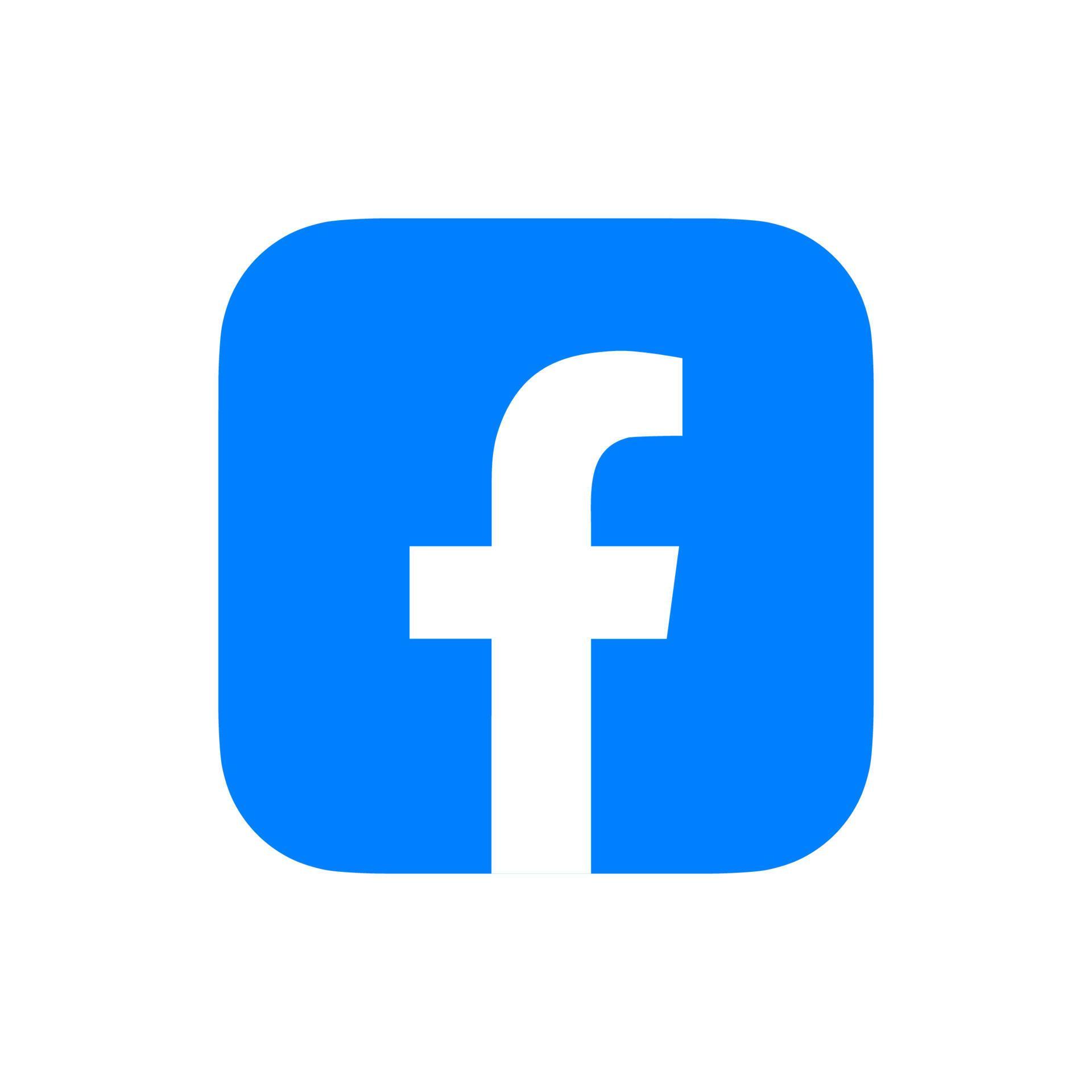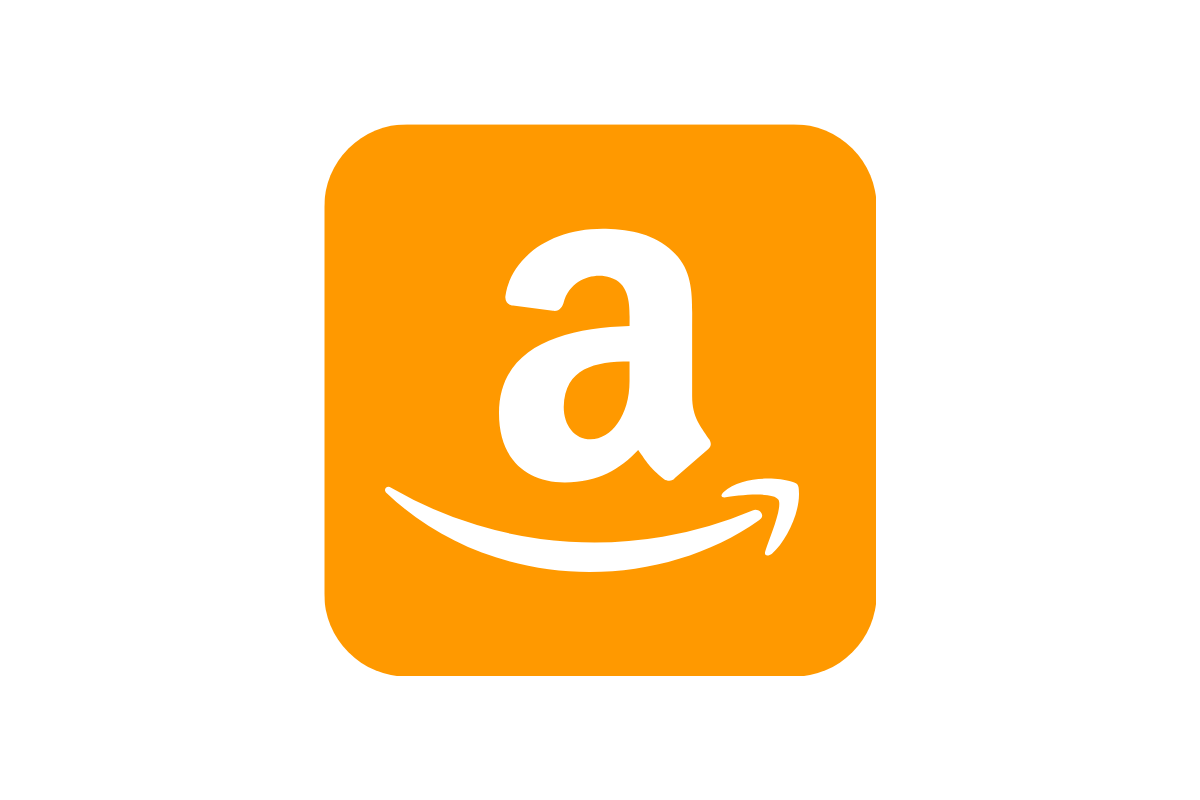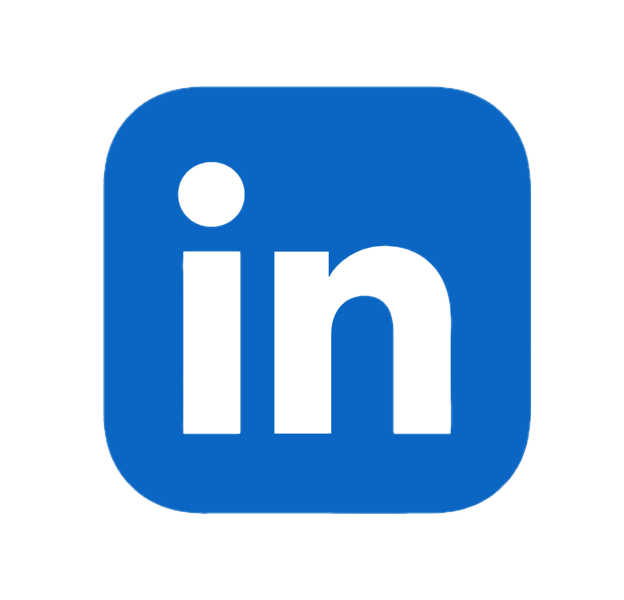Plum Calculator
A tool that rates advertising platforms based on your input to help you choose the platform that is right for your business.

Ready to find your ideal platform?
As a small business ourselves, we know how hard it is to stand out in the marketing industry and we want to help building businesses who want to do the same.

Step 1
Answer the questions on the scale of 1 to 5 based on your business standing and needs.

Step 2
Answer the questions on the scale of 1 to 5 based on your business standing and needs.

Step 3
Answer the questions on the scale of 1 to 5 based on your business standing and needs.
Plum Calculator

Google Ads

Microsoft Ads

Meta Ads

Amazon Ads

LinkedIn Ads
On a scale of 1 to 5, how important are the following needs for your business?
Questions
Lead Generation for personal services B2C (e.g., home services, personal accounting):
Lead Generation for corporate services B2B (e.g., human resources, corporate accounting):
Job Title based audience targeting (i.e., being able to show your ads to people with specific job titles, for example “Human Resources Manager”, “Purchasing Manager”, etc.):
E-commerce – my customers do extensive research/ comparison before buying my products (e.g., consumer electronics):
E-commerce – my customers are mostly impulse/influencer purchasers (e.g., fashion, home decor, jewelery):
Video Ads are important for my brand:
Score:
Compare the top advertising platforms and find the best one to match your needs
Top advertising platforms offer different features to address your marketing needs. With so many campaign types, targeting options and platform features, it’s easy to get lost in the world of online advertising. Since we use all of these platforms on a daily basis, we decided to prepare you a guide and an interactive comparison tool. Interested in learning more about the top advertising platforms? We’ll cover Google Ads, Facebook Ads, Microsoft Ads, LinkedIn Ads and Amazon Ads. After you take a look at this guide, don’t forget to use our easy-to-use comparison tool to figure out which advertising platform is the best for your business.
It’s all about the best combination
Imagine for a second that you’re the coach of a sports team. Your goal is to win as many matches as possible and in order to be able to do that, you need an excellent team with individual players who can complement each other’s skills. Well, choosing an ad platform is no different. Each platform has its own strengths and weaknesses and if you can determine the best combination of platforms and campaign types for your business, you’re on your way to building a very strong marketing stack. So just a word of caution: don’t just settle on one platform. Expanding your horizons will enable you to maximize the return on every single dollar invested in advertising.
Why we advertise? Lead Generation
Lead generation is an important part of marketing for any business, but especially for service-based businesses. A successful advertising campaign can turn prospects into valuable customers, but not all platforms are designed to achieve this goal.
If you are interested in lead generation, it’s very important to understand the difference between business-to-consumer (B2C) leads versus business-to-business (B2B) leads. For example, Google Ads is primarily a B2C platform, and if you are planning to use it for a B2B campaign, you will need to invest heavily in your negative keyword lists. Conversely, LinkedIn is designed primarily for a business audience and it will not be a good choice if you are interested in B2C leads.
Why we advertise? Ecommerce
advertising is a different ballgame compared to lead generation. These campaigns need to include many ad creative elements that can make a big difference such as product images, prices, consumer reviews, product features and more. These elements have a strategic importance as they can directly affect the consumer’s decision during the consideration and action phases of their consumer journey.
For example, prices indicated in the ads can act as a very important signal: by displaying them in the ads, you can avoid paying for clicks that will not convert. This is a poorly understood concept in digital marketing – sometimes success is more about the audiences you exclude from your campaigns.
Now that we covered the key reasons for advertising, and how different ad platforms can address those needs, let’s look at the contenders one by one.
Google Ads
Google is by far the most popular search engine around the world. According to the latest statistics, the company accounts for more than 85% of search engine traffic around the world). While many consumers are very familiar with Google’s search engine, it has two other advertising assets that boost its dominance in the advertising space: YouTube and the Display Network.
YouTube is one of the world’s most popular content platforms: it gets more than 14 billion visits per month (about the same volume of traffic on Facebook and Instagram). It’s also incredibly “sticky”: users spend an average of almost 20 minutes every day on YouTube.
The Display Network includes more than 2 million websites, videos, and apps where Google Ads can appear. This immense depth and breadth of content enable Google to customize the ads based on the interests of consumers.
Interested in how to fold the best paper airplane? Google’s search engine will give you some excellent suggestions, send you to a step-by-step visual guide, help you find that YouTube tutorial and give you all the know-how you need to fold that piece of paper to perfection. Meanwhile, you’ll see ads that may have nothing to do with paper airplanes: a remarketing ad showing you that backpack you looked at yesterday, a personal finance ad promoting a new budgeting app, and an online course on the art of origami. Here’s the magic of Google: no two people will see the exact same set of ads. The selection of the ads that you see on your screen is guided by Google’s machine learning algorithms. So when you’re looking for a product, a service or an experience, the ads become an integral part of what Google calls your “consumer journey”. Not only will you see highly relevant ads, but the ads will also be timed to create maximum impact. Perhaps the ad will be in the form of a nudge, a reminder, an additional offer. Perhaps it will be triggered by a “lifestyle event”, such as moving to a new home, getting married, or having a baby.
There you go! Now that you know more about the secret behind Google’s algorithms and its content portfolio, you can start using it to grow your business.
Google Ads for Lead Generation
Did somebody say “emergency plumber near me”? That click will cost you $25, thank you very much. Google is the superhero of lead generation for local businesses. While paid traffic from Google can be quite costly, it typically has a high conversion rate. Why, you ask? Because Google’s brilliant engineers are obsessed about relevancy. By delivering that perfectly timed and highly relevant offer on a consumer’s screen, you can generate a steady stream of leads for your business-to-consumer service.
If business-to-consumer (B2C) lead generation is a priority for your business, we recommend you to take a good look at Google’s campaign portfolio. Google Search can help you connect with consumers who are actively looking for a product or service. Google Display and Video (i.e., YouTube) ads can help you generate your next “touchpoint” and remind the potential consumers about your offer. If Google Search is too expensive for your business, you can focus on Google Display and Video for prospecting and branding (check out our handy guide on Audiences to learn more).
Google Ads for Ecommerce
Google’s Shopping campaigns and the new Performance Max campaign type can be a very good match for your ecommerce advertising needs. Make sure to learn more about Google Merchant Center as well. This tool can help you connect your online store to your ad platforms (even Microsoft Ads can be linked to it). So once you configure Merchant Center properly, you will be ready to explore many ad platforms, not just Google Ads.
Microsoft Ads
Microsoft operates the second-most used search engine in the world: Bing. Just like Google Ads, it can match your ads with search terms, and text ads with audiences. Before you say “does anybody actually use Bing anymore?”, consider this: even though its global market share is in the 7-8% range, that still amounts to millions of people using Bing everyday. Microsoft reported that 88 million new desktop searchers used Bing in 2021. Microsoft’s tight search integration with the Windows operating system as well as their Edge web browser also help bring more users to Bing.
We have tested the traffic quality coming from Microsoft Ads, and it’s at par with the traffic from Google Ads. How do we test quality? It’s mostly about user engagement as measured by bounce rate, average session duration and average pages per session. Given the tremendous increase in the cost per click levels we’ve seen recently, Microsoft Ads looks particularly interesting. Just like Google Ads, you can use Microsoft Ads to target potential customers by matching your ads with keywords that they use when they search for something on their computer or mobile device. You can also target demographic groups such as age, gender, or location.
Microsoft Ads for Lead Generation
In B2C lead generation, Microsoft Ads operate just like Google Ads. By matching keyword searches on Bing with highly relevant ads, you can acquire high-quality traffic (at a slightly lower CPC level compared to Google Ads). Once you bring the traffic to your landing page, the rest is up to your offer and the landing page design.
Where Microsoft Ads really shines is B2B lead generation. After Microsoft purchased LinkedIn, they added a new capability to their ad platform: using LinkedIn information to target relevant audiences. You can now serve text ads and even shopping ads to potential customers based on their company, job function or industry. This is a great way for you to showcase your product or service to enterprises or small-businesses and generate leads. There is only one other ad platform in our list that has this feature: Facebook Ads.
Microsoft Ads for Ecommerce
Promoting your products with shopping campaigns is a great way to find customers. Using Microsoft’s shopping Campaigns, you can create product ads that visitors will enjoy and that provide all the information they need in order to make a purchase. As with Google Shopping campaigns, to stand out from the crowd and attract attention, be sure to link your product images and product ratings with your campaigns. It’s also easy to use these campaigns, especially if you’ve already done the heavy lifting and configured your Google Merchant account. Importing your Google shopping campaigns into your Microsoft Advertising account is relatively simple and we highly recommend using both platforms for your ecommerce needs.
Now that we’ve covered the top two search engines, it’s time to turn our attention to social networks. The ads running on these networks operate differently: both in terms of how they interact with consumers and how the campaigns are structured.
Facebook Ads
Facebook is the master of interruption marketing. Every single month, 2.7 billion people connect with friends and family using Facebook and Instagram. They also watch cat videos and discover the latest memes. In the process, Facebook serves them billions of ads. “Audience targeting” may sound like a strange term, but it’s widely used to describe the ability of Facebook’s algorithms to match ad content with users to create maximum impact.
This can range from knowing the age of a user, the type of their mobile device, their favorite food to their political views. Facebook mastered the art of audience targeting to such a degree that they are now accused of violating the privacy of their users and even manipulating personal opinions and preferences. As a result, the company is scaling back some of the targeting options available to advertisers to better handle privacy concerns. Privacy-centric operating system updates from Apple and other companies are also making it more difficult for Facebook to track the impact of the ads. While these recent developments may create some short-term pain for advertisers, we see them as a positive development for both advertisers and consumers. At the end of the day, we all need a sustainable, transparent and useful ecosystem that will benefit all parties involved.
One of the most powerful features of Facebook Ads is the visual medium. Video ads, slideshows, carousels and many other ad creative features offer endless possibilities to develop eye catching ad creatives. Combined with fine-tuned audience targeting (based on interests, demographics and social connections), the creative potential of these ad creatives open up many advertising possibilities. Another major advantage of Facebook Ads is the ability to run ads on Instagram as well. The combined reach of Facebook and Instagram cover the entire demographic spectrum.
When it comes to lead generation and ecommerce, Facebook Ads work quite a bit differently compared to Google and Microsoft Ads. The context is no longer a relevant ad served following a specific search term. The matching is done primarily based on the user’s profile and interests. The ads may be served any time during their sessions on Facebook, Instagram and the other assets on the ad network. Thus, you need a much more specific funnel strategy compared to the search engine traffic. Creating top of the funnel, mid-funnel and bottom of the funnel campaigns separately can be a viable strategy for many advertisers.
Facebook Ads for Lead Generation
For B2C lead generation, Facebook Ads can be very effective. By creating target audiences at the ad set level, and pairing them with high-quality ad creatives, you can acquire high-quality traffic. Instead of focusing on cost-per-click (CPC), we recommend that you concentrate on cost per acquisition (CPA) and cost per 1,000 impressions (CPM) metrics. Facebook Ads interface will give you the number of clicks and number of landing page visit statistics, but these may not match the numbers you see in Google Analytics or other web traffic tools. Just like Microsoft Ads and LinkedIn Ads, Facebook Ads also have the job title targeting feature. This can be particularly useful for your B2B campaigns.
Facebook Ads for Ecommerce
Impulse purchases are spur-of-the-moment consumer decisions that are not a result of long-term plans or aspirations. These are generally lower priced goods and services that can provide a dopamine rush and brighten up our day. It’s no wonder that Facebook and Instagram are full of ads that are designed to make that purchasing decision very enticing. So if you’re in a vertical such as fashion, beauty, wellness or consumer electronics, Facebook Ads can be a very useful ad platform. Similar to Google Ads and Microsoft Ads, you can connect your product catalog and run dynamic ads with captivating visual elements as well as the price of the items in your catalog.
Amazon Ads
Most consumers are very familiar with Amazon and its immensely rich catalog of products. Latest statistics show that Amazon has a 50% market share in the entire retail ecommerce segment in the U.S. . What many consumers do not know is the growing market share of Amazon in online advertising. At the moment, most of the campaign types that are available on this platform are targeting Amazon’s online store. However, the company is aggressively investing to create additional ad inventory by leveraging other assets it owns such as Alexa, Twitch, Amazon Music and streaming TV services.
Amazon has an in-depth understanding of how consumers find products and brands online. With more than 300 million accounts and billions of transactions, the company has access to a vast database of consumer interests and purchasing decisions. With Amazon Web Services, it has access to cutting-edge machine learning know-how and practically unlimited computing and storage capability. By combining this unique dataset with continuously improving machine learning algorithms, Amazon Ads offers advertisers a powerful platform to target specific product categories and user interests. It has one of the highest conversion rates we’ve seen in any of the ad platforms we use. This comes as no surprise, since most visitors on Amazon’s store are on a mission to purchase a specific item. Amazon Ads helps them find what they are looking for, and it also introduces new brands to consumers in the process.
This all sounds great, but there actually is a catch. If there’s one thing Amazon is truly obsessed about, it’s the ownership of the relationship it nurtures with the consumers. When you are advertising and selling on Amazon, you may enjoy high conversion rates, but you will not have a chance to establish a longer-term relationship with the consumer. Amazon will. Therefore, depending on your growth strategy, you may want to consider some of the other ad platforms combined with email marketing. Of course, there’s nothing stopping you from doing both: you can have your own website that drives sales, and you can also sell directly on Amazon.
Most of the campaigns on Amazon Ads are keyword based and since the product images are already part of the Amazon store, setting up campaigns is relatively easy. There are additional campaign types that enable advertisers to run display-type ads based on the interests of consumers in specific product categories and brands.
The platform is evolving almost on a weekly basis with new features and campaign types. At the top of our wishlist is a centralized negative keyword list. With all the engineering talent and an excellent interface example in the form of Google Ads, we really hope that Amazon will make it easier to manage the ad campaigns.
Amazon Ads for Lead Generation
Of all the platforms we cover in this guide, Amazon Ads is the least effective one for lead generation. If you are interested in generating leads for your services, Amazon Ads is not for you. If your products are not listed on Amazon, then this is not your platform either.
Amazon Ads for Ecommerce
Amazon Ads cover a very wide range of verticals including automotive, consumer electronics, fashion, groceries, toys, games and many more. For many consumers, Amazon Ads can cover the entire customer journey, including both online and offline touchpoints. This high level of engagement can help with brand discovery, consideration and of course, sales. Some of the key campaign types include Sponsored Products, Sponsored Brands and Sponsored Display. Amazon DSP can complement your existing campaigns by providing advanced remarketing capabilities across Amazon’s vast ad inventory. If you’re just starting with Amazon Ads, get ready for some hard work with the initial setup. You need to get approved as a Seller or Vendor on Amazon before you can start advertising.
LinkedIn Ads:
LinkedIn is the world’s largest professional network with more than 800 million members in 200 countries and territories worldwide. It’s where professionals look their sharpest and share ideas, strategies and also job openings. As such, LinkedIn Ads is a natural fit for B2B lead generation. Whether you’re working for a giant corporation or a small business, LinkedIn can connect you to professionals who can purchase your products and services. In 2016, Microsoft purchased LinkedIn and connected the world’s top professional network with Microsoft own products and services. LinkedIn continues to operate under its own brand name, but some of the advertising capabilities are shared between LinkedIn Ads and Microsoft Ads.
LinkedIn Ads for Lead Generation
When it comes to B2B lead generation, LinkedIn Ads is one of the best tools we can think of. A wide variety of advertising options are at your disposal. Sponsored Content and Messaging offer unique ways to reach your professional audience. Text, video and display ads give you a wide range of ad creatives you can use to connect with your prospects. One drawback of LinkedIn Ads is the cost: it has one of the highest cost-per-click levels across the ad platforms. If you design your campaigns strategically and if you minimize your wasted ad spend, you can still achieve reasonable cost per acquisition (CPA) levels, but there’s less room for error. If you are primarily interested in B2C leads (such as home services), LinkedIn may not be the first choice for your business.
LinkedIn Ads for Ecommerce
Since LinkedIn is not designed for a B2C environment, we don’t recommend using it for promoting consumer goods. However, if you are selling B2B products, it could be worthwhile to explore LinkedIn. If you already have an ecommerce store, you can potentially drive sales through LinkedIn Ads, but it’s important to note that this platform doesn’t have shopping campaigns or product catalogs.
In conclusion
Thank you for reading this guide! Online advertising may seem complex, with strange terms such as “touchpoints” or “cost per a thousand impressions”, but as you’ve seen, the platforms have a lot in common. The key is to connect with prospective customers in a sustainable, transparent and mutually beneficial way. You can achieve this and grow your business by combining different platforms and campaign types to suit your needs.
Don’t forget to try our comparison tool, experiment with different settings and see which ad platforms will bring you the most value!
About the author:
Oz is the founder of Plumfind. He is a huge fan of permission-based marketing and an ardent believer that marketing can be a force for good. He is determined to make digital marketing accessible to all entrepreneurs around the world. He lives in Montreal, Canada.